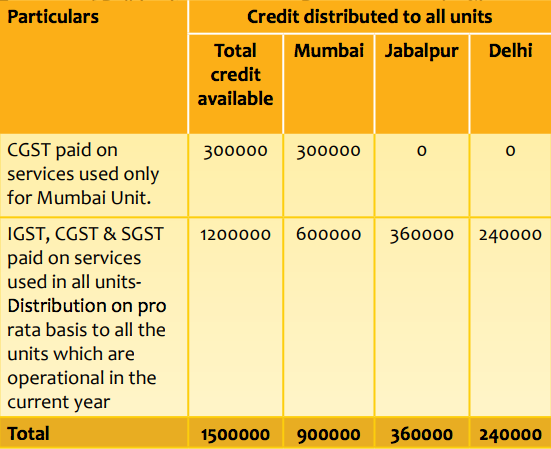

When tracking liabilities in accounting records, they can either be recorded as debits or credits depending on the type of account.įor example, if you owe money to a supplier for goods received but not yet paid for, this would be recorded as an accounts payable liability. However, it’s essential to have a good understanding of how debits and credits work in order to properly track your business’s finances.įirstly, it’s important to understand that liabilities are accounts that represent what the company owes.
#LIABILITY DEBIT CREDIT HOW TO#
How to determine whether a liability is debit or creditĭetermining whether a liability is debit or credit can be confusing, especially for those who are new to accounting. Understanding what constitutes a credit entry versus debit is crucial when maintaining accurate financial records for any organization. Credit scores are based on how well individuals manage their available credit and make payments on time. Positive balances on credit cards and lines of credit are also forms of credit. For example, if a company borrows $10,000 from the bank, the cash account (an asset) would be credited with $10,000 while the loan payable account (a liability) would be debited for $10,000. When recording transactions in double-entry bookkeeping, credits are used to indicate increases in liabilities and equity accounts while reducing asset accounts. However, credit can also denote positive entries in a financial statement. In simple terms, it refers to money borrowed from external sources, such as banks or suppliers. What is credit?Ĭredit is an essential aspect of business accounting that represents the amount a company owes to its creditors or lenders. By knowing how to properly use debits when recording transactions, you can maintain accurate financial records that can help drive better decision-making processes within your company. Understanding debits is crucial for any small business owner who wants to keep track of their finances accurately.

In fact, debits can be positive or negative depending on how they affect your financial statements.

It’s important to note that just because something is recorded as a debit doesn’t necessarily mean it’s bad for your business. When recording transactions using double-entry bookkeeping system, every debit must have an equal credit. In contrast, credits are entries made on the right-hand side of an account and are typically associated with liabilities and revenue. For example, if you purchase office supplies for your business, you would make a debit entry to record the increase in assets (office supplies) and decrease in cash (money paid for the supplies). This means that when a transaction occurs, the debit entry is used to record what comes into the business or what goes out from it.ĭebit entries are usually associated with assets and expenses. Understanding this concept is crucial for every entrepreneur who wants their business finances well-managed and thriving! What is debit?ĭebit is a term used in accounting that refers to an entry made on the left-hand side of a ledger account. In summary, a liability represents an obligation that needs to be fulfilled by a business in future through payment or service delivery. Therefore, it’s important for businesses to keep track of their liabilities so they can manage cash flow effectively and maintain financial stability. On the other hand, long-term liabilities can include mortgage loans, bonds payable and pension obligations.Ī company’s total liability amount is subtracted from its assets to calculate owner’s equity in the business. Examples of current liabilities include accounts payable, short-term loans and credit card debt. Liabilities are recorded on the balance sheet and are classified as either current or long-term depending on their payment terms.Ĭurrent liabilities refer to debts that are due within one year while long-term liabilities have a longer repayment period of more than 12 months. It could be money owed to suppliers, loans from banks, rent payments or taxes due. In accounting, a liability is defined as an obligation or debt that your business owes to others. By the end of this article, you’ll have a better grasp on this topic and feel confident in managing your business’s financials like a pro! What is liability? In this blog post, we will dive into the world of liabilities and explore how to distinguish between debit and credit accounts. As a procurement expert, understanding this concept is vital in managing your company’s finances effectively. However, determining whether a liability is debit or credit can be confusing for many entrepreneurs. Liabilities are an essential part of every business, and knowing how to properly classify them is crucial for accurate financial reporting. Is Liability Debit Or Credit In Business?


 0 kommentar(er)
0 kommentar(er)
